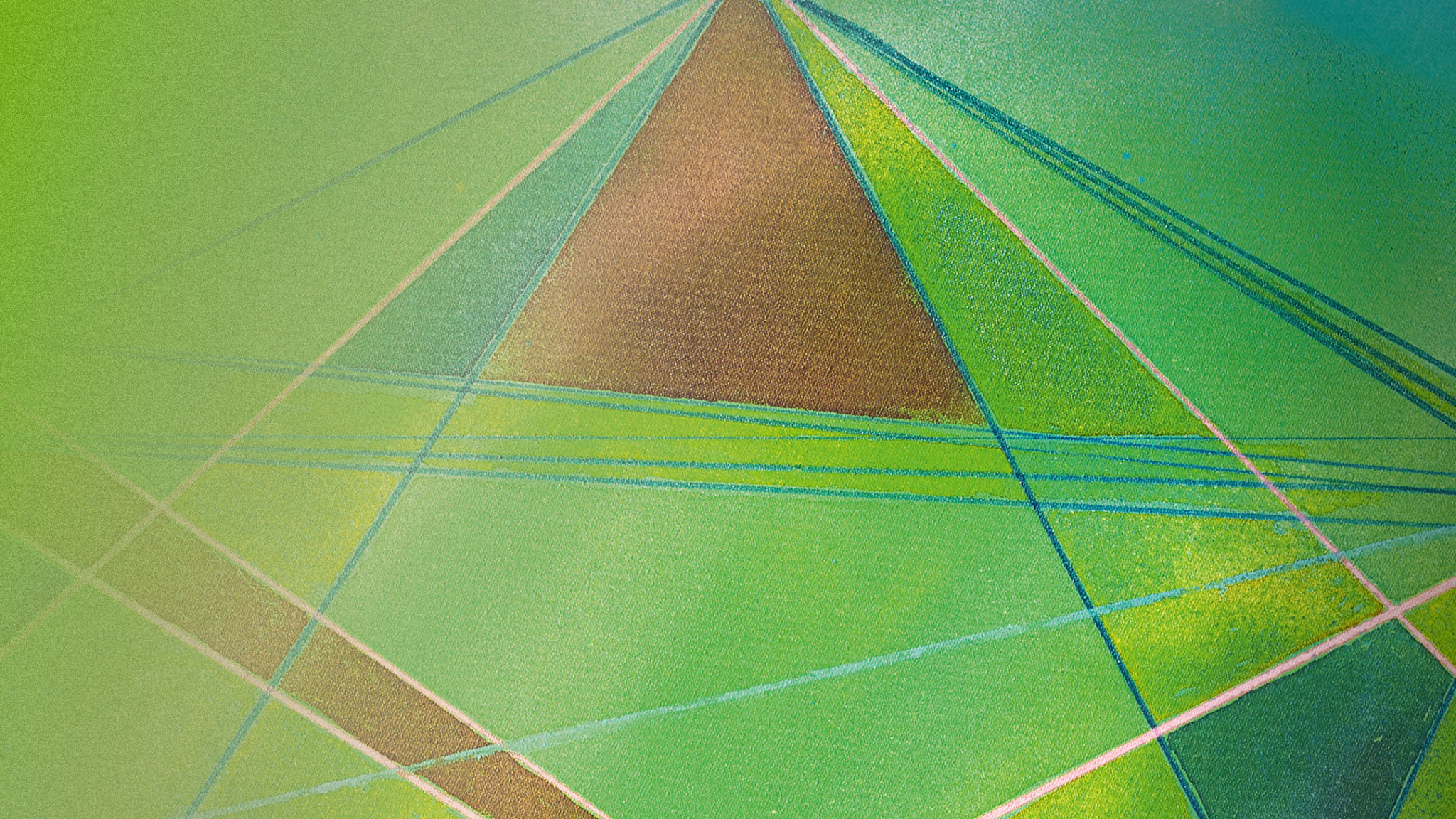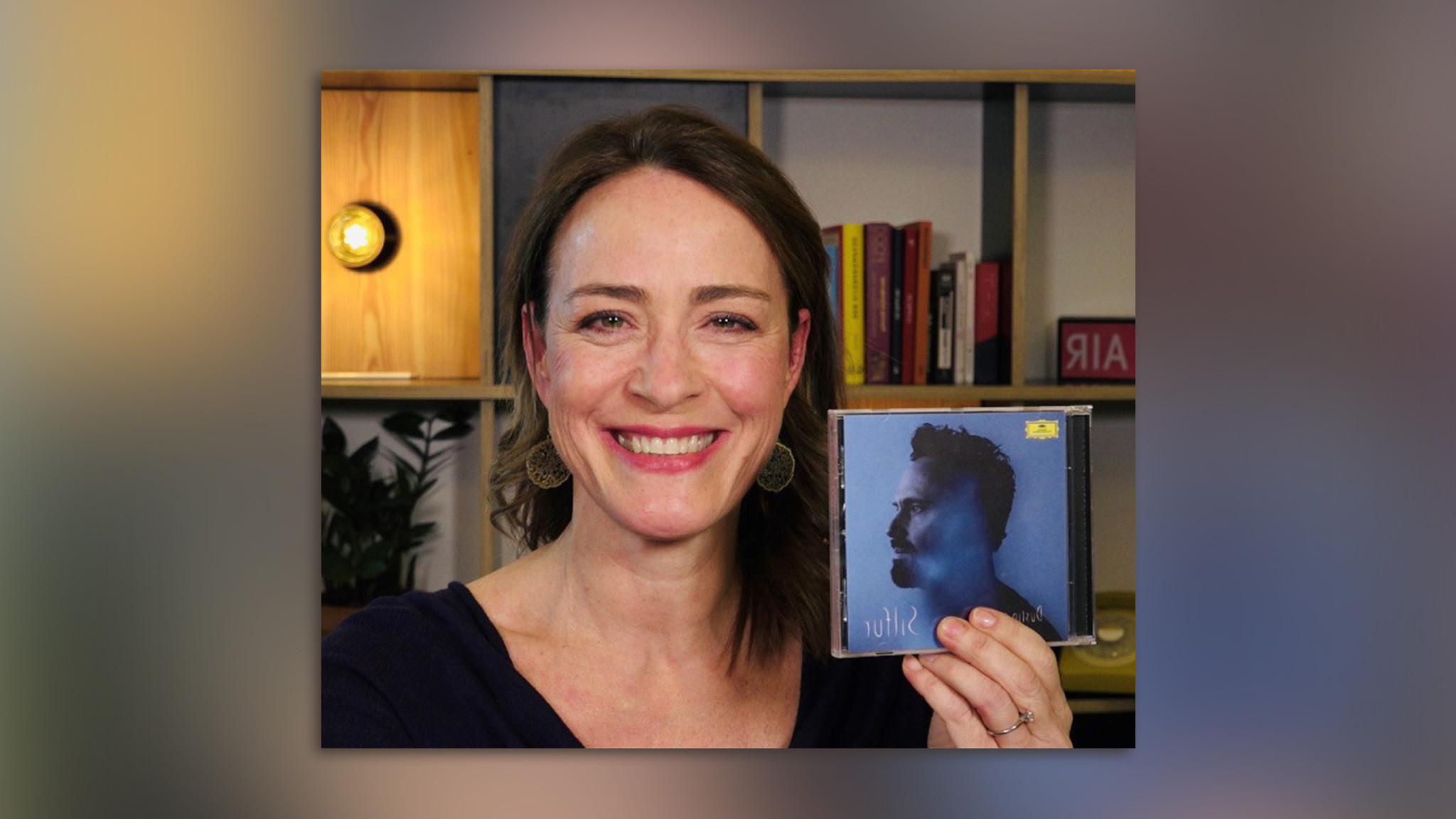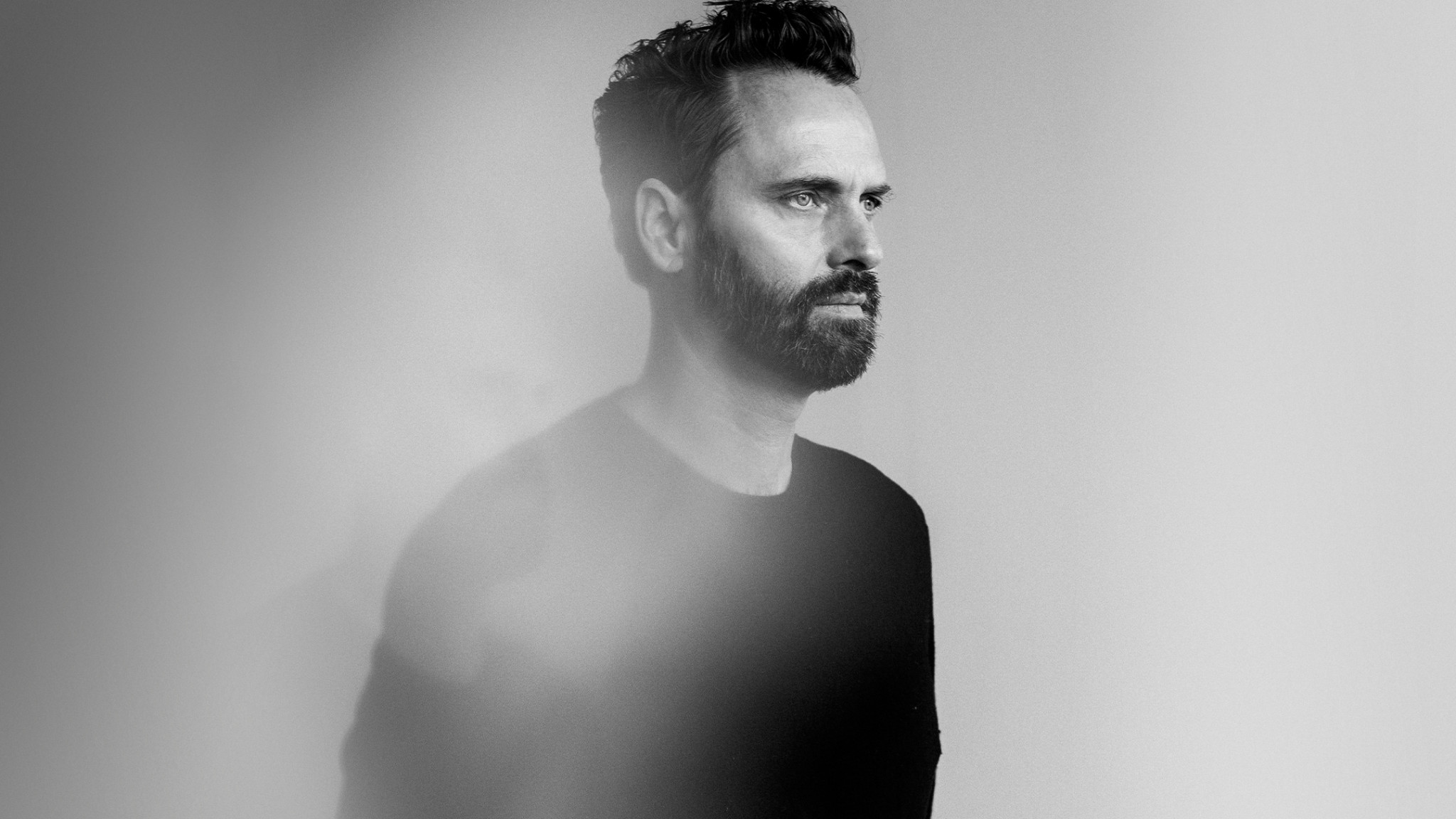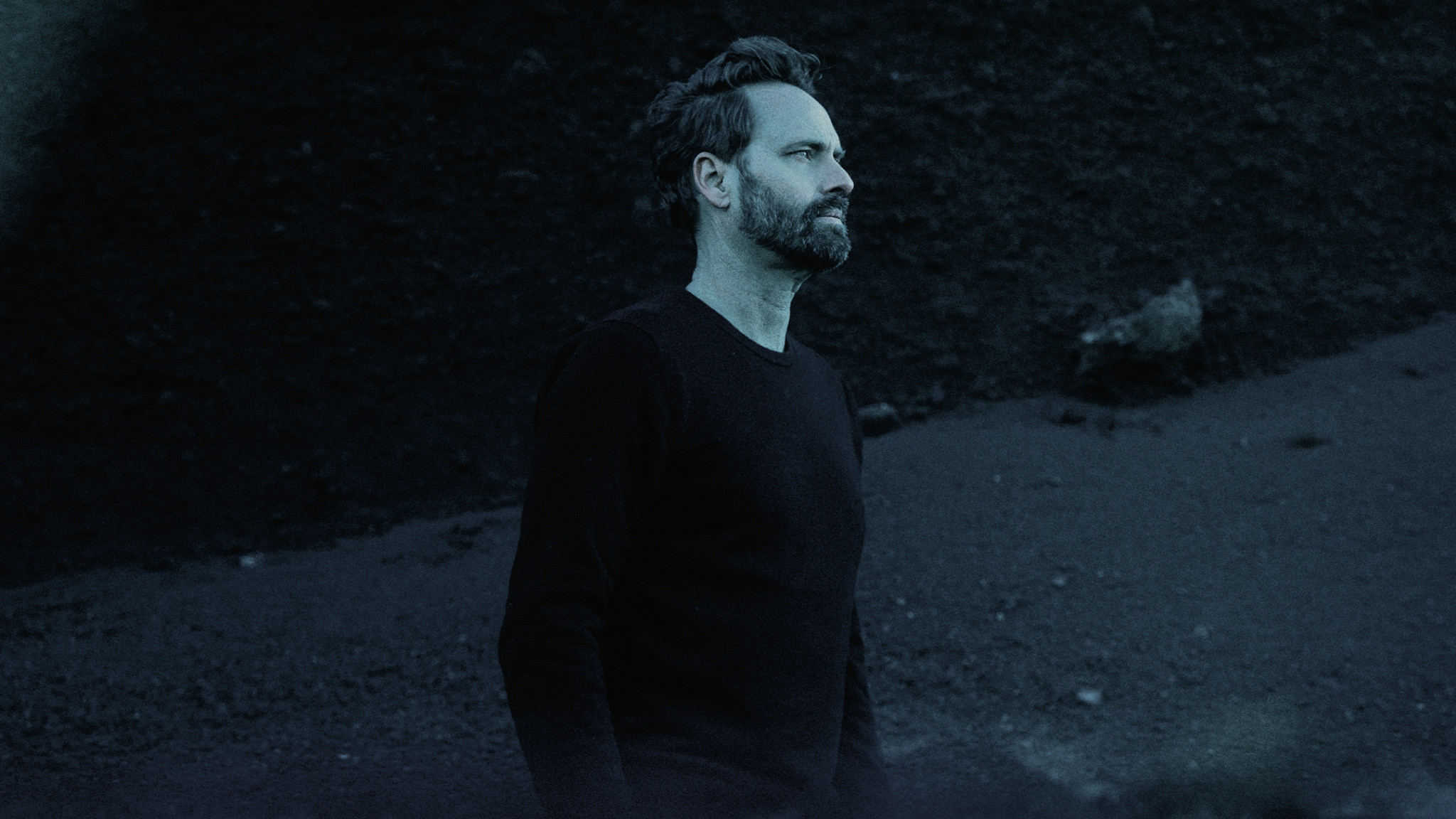Dustin O’Halloran presents his debut album 'Silfur' on DG

Academy Award-nominated composer and pianist Dustin O’Halloran presents his debut album Silfur on DG – out today on CD, vinyl and digital formats.
O’Halloran, who divides his time between Reykjavík and LA, recorded the album in Iceland in collaboration with American composer and multi-instrumentalist Bryan Senti, Icelandic cellist Gyða Valtýsdóttir and the Siggi String Quartet. Unable to return to California because of the lockdown, he spent the imposed time of isolation in a state of introspection and stillness, writing new material and revisiting works from four solo albums and refining them with a renewed sense of time and place. Silfur also includes two new works, ‘Constellation No. 2’ and ‘Opus 56’, both anchoring this reflective record in the artist’s present.
“‘Constellation No. 2’ closes an album that’s a journey through my past, and it’s also the newest composition,” observes O’Halloran, whose meditative piano is accompanied by the lyrical cello of Gyða Valtýsdóttir. “I’ve worked a lot with Gyða in the past and it’s always a pleasure to collaborate with her. This piece was co-written with her in Berlin, the city I called home for ten years, and it is in a way a farewell to those beautiful times. It was the end of a period and also a new beginning. I wanted to find something that could feel universal and open.”
This musical exploration of what endures and what is ever-changing is mirrored by the video created by Anna Maggý, shot at the Steinasafn Auðuns stone collection in Djúpivogur, near Iceland’s eastern fjords. Her microlens images project the abstract patterns within jasper, agate, transparent Iceland spar (or silfurberg) and an array of other rocks and minerals. Tranquil, subtle and observant, the film encapsulates the essence of ‘Constellation No. 2’, and the record as a whole.
As O’Halloran recalls, “I became interested in how different locations resonate and how that affects the music and art we make, and Anna captured the inside of Iceland through macro photography of rare stones native to Iceland.”
The creative process of returning to pieces and reworking them years after their composition reinforced O’Halloran’s understanding of how music is never experienced the same twice. Something will be different, however small, every time a work is performed or heard. “There was a feeling of travelling back in time to my past while experiencing the music in new ways in the present. It’s very special that we can capture time in this way. And I think that’s almost what music is: it’s capturing time.”




